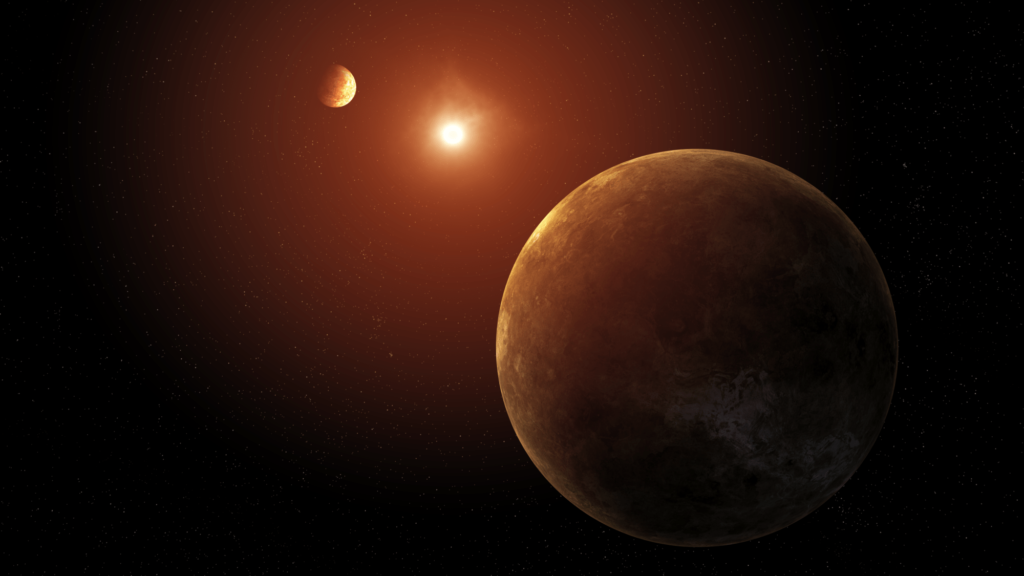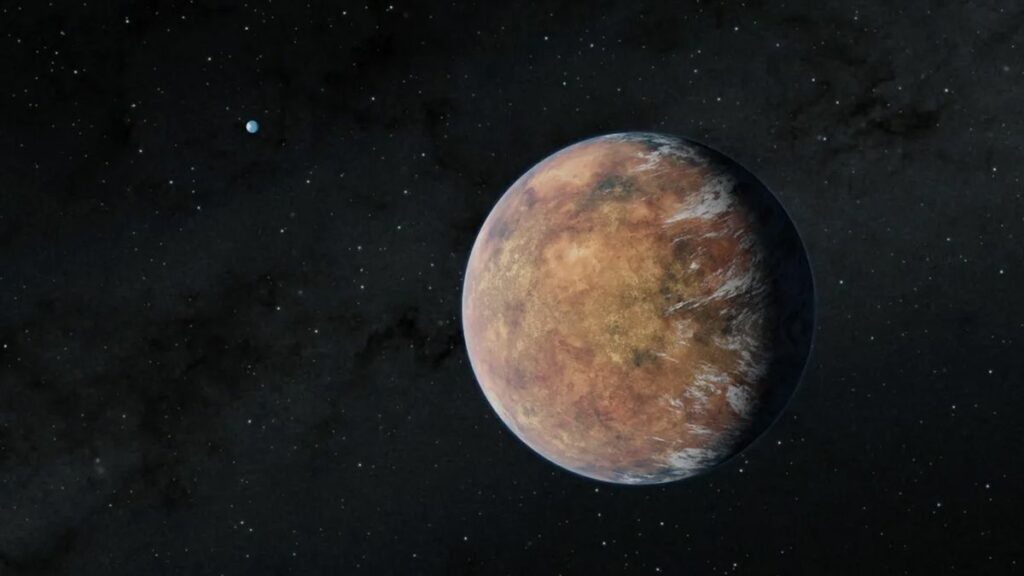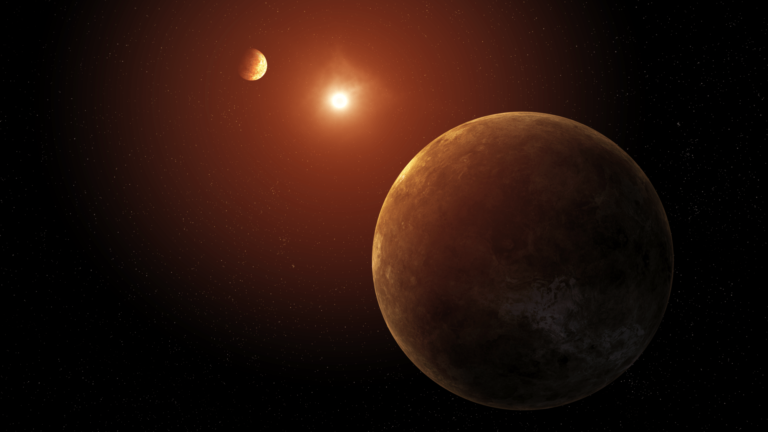The Milky Way’s Oldest Continents Could Predate Earth by 5 Billion Years
Fresh findings propose that numerous exoplanets situated at the outskirts of our galaxy may have developed continents, along with advanced life, a staggering 5 billion years ahead of Earth.

NASA/Daniel Rutter
According to recent research, the most ancient continents in our galaxy might have emerged a staggering 5 billion years before those on Earth. This revelation implies the potential existence of multiple planets within the Milky Way hosting alien life forms that are even more advanced than those on our home planet.
Astrobiologists posit that certain features are essential for a planet to support life, such as oxygen in its atmosphere, protective measures against harmful radiation, and the presence of liquid water. While extensive land masses are not strictly required for the emergence of life, Earth’s history underscores their significance in fostering thriving and enduring ecosystems. Therefore, if an exoplanet possessed continents preceding Earth, the logical inference is that it could harbor older and more advanced forms of life.
Driven by this reasoning, Jane Greaves, an astronomer at Cardiff University in the U.K., embarked on a quest to answer a crucial question: When did the first continents emerge on a planet within our galaxy? The answer suggests that the continents, and potentially life, on two exoplanets may have originated four to five billion years before those on Earth.
In a study published in the September issue of the journal Research Notes of the American Astronomical Society, Greaves proposed that if life on another planet had a head start of five billion years, it “has the potential to host life that is more evolved than ours.”
Continents take shape through the process of plate tectonics, involving the movement of rock plates that float on the molten interior of a planet. The heat generated by a planet’s core prevents the solidification of magma, enabling the continuous movement of continents. This heat is derived from radioactive elements like uranium-238, thorium-232, and potassium-40 in the planet’s core, releasing energy through decay.

The majority of these radioactive elements originated from cataclysmic cosmic occurrences, such as supernova explosions and collisions between remnants of massive stars, referred to as neutron stars. Traces of these elements can be identified in the wavelengths of light emitted by stars. In her recent study, Greaves utilized the levels of uranium-238 and potassium found in nearby stars, combined with the ages of stars determined by the Gaia satellite, to estimate the point at which a hypothetical rocky planet orbiting each of these stars became sufficiently heated for plate tectonics to commence.
Her findings indicate that the initiation of continents around sun-like stars in close proximity occurred up to 2 billion years before the onset of plate tectonics on Earth. Notably, the earliest continents identified around a neighboring sun-like star are situated around HD 4614, approximately 20 light-years away from Earth. However, Earth’s commencement timeframe aligns with the average for our cosmic vicinity.
Two stars, HD 76932 and HD 201891, both slightly smaller than our sun and positioned 70 to 110 light-years away in a region known as the “thick disk,” stand out in this analysis. According to Greaves, these stars’ planets could have developed continents up to 5 billion years earlier than Earth. With a sample size of only 29 stars and considering current astronomical estimations of a planet’s habitability, Greaves suggests that “there could be two systems in this sample alone with biospheres more advanced than here on Earth.”
Identifying planets with potential interest and habitability, akin to those highlighted by Greaves, is vital groundwork for NASA’s forthcoming Habitable Worlds Observatory. This observatory, anticipated to commence observations of Earth-like planets, with the aspiration of detecting signs of life, is scheduled for the 2040s. Greaves expresses the desire for future research to expand its scope, examining additional stars to assess the possibility of planets harboring plate tectonics. She suggests that such investigations “could contribute to the discovery of more ancient systems where terrestrial life might precede that on Earth.”
Do not forget to share your opinion with us to provide you with the best posts !




0 Comments